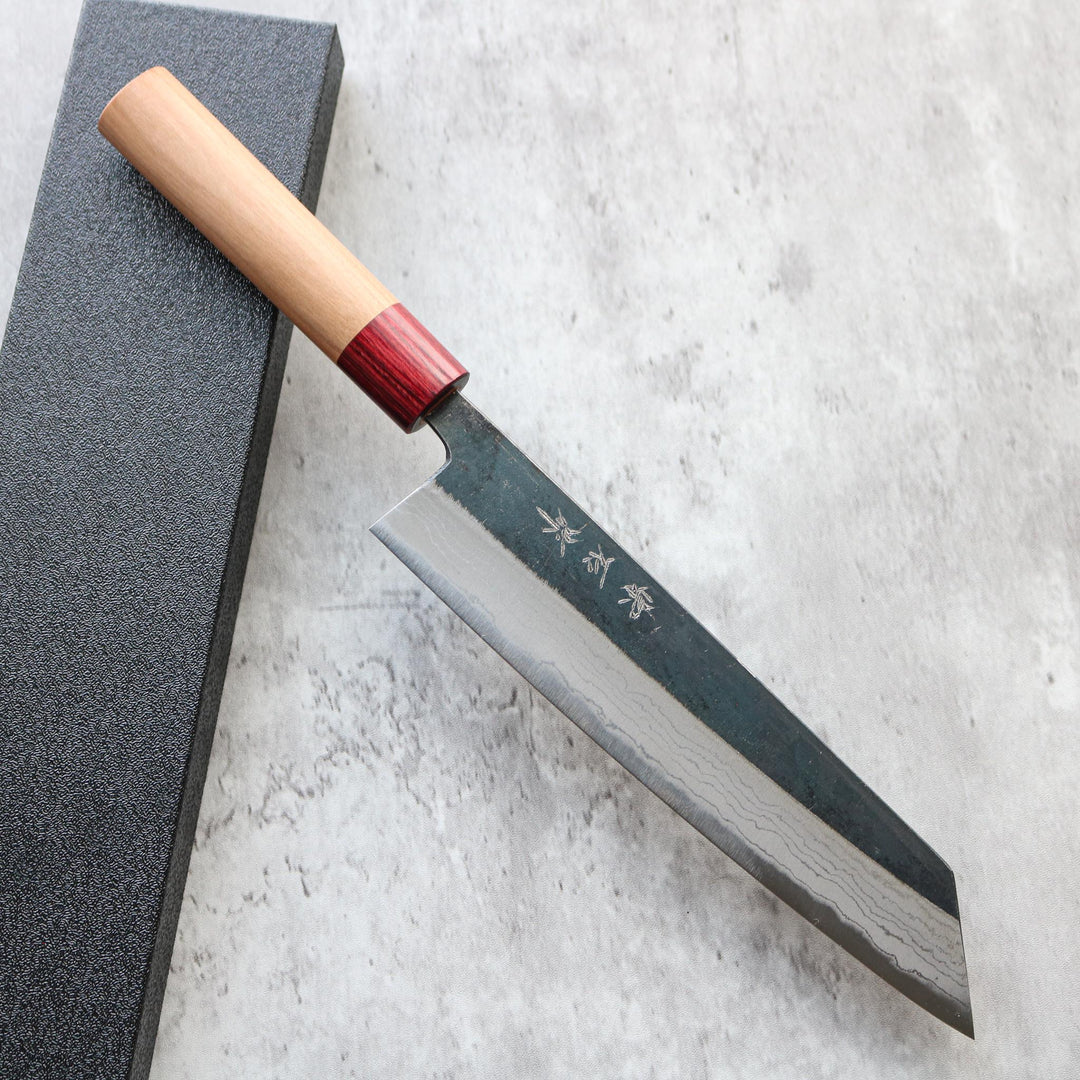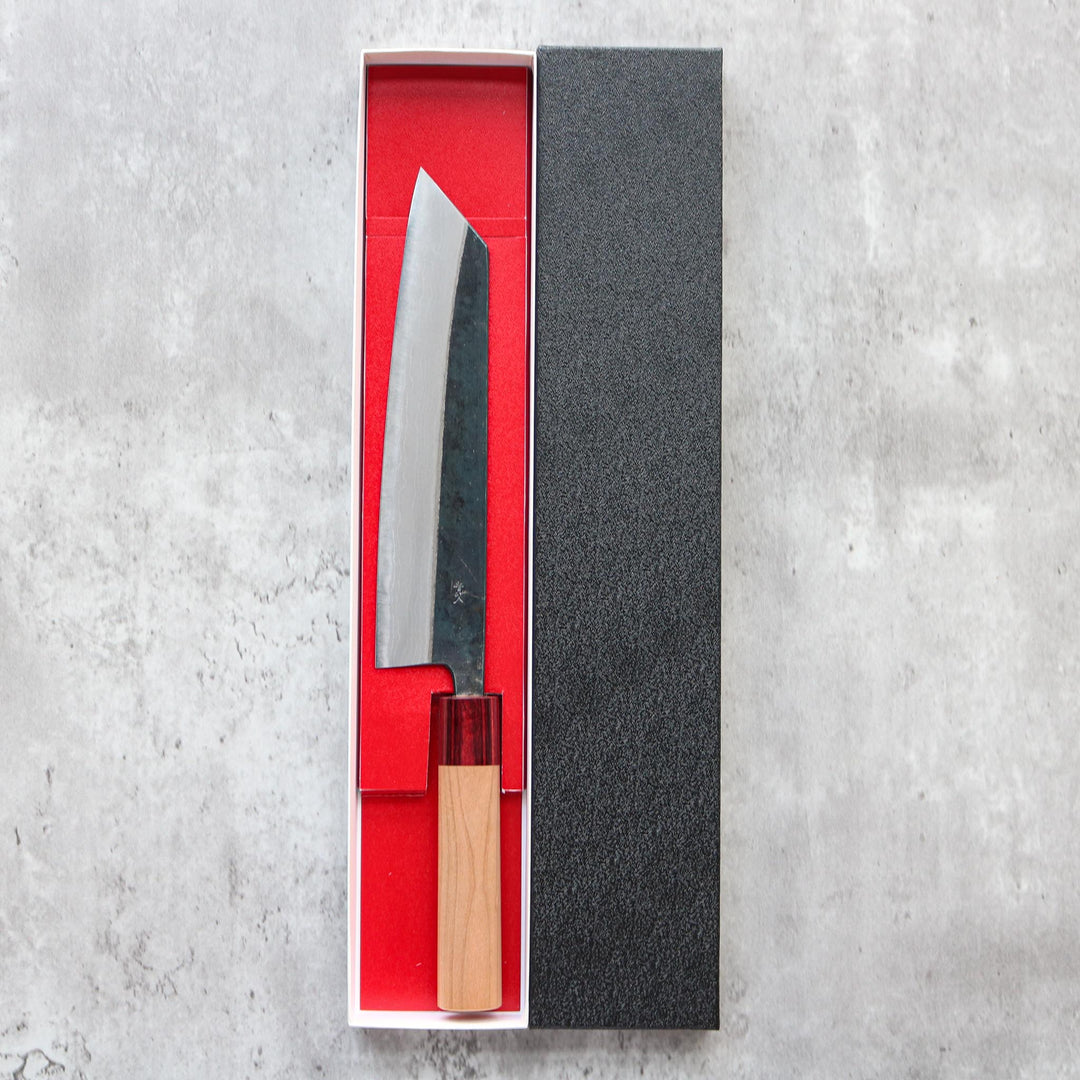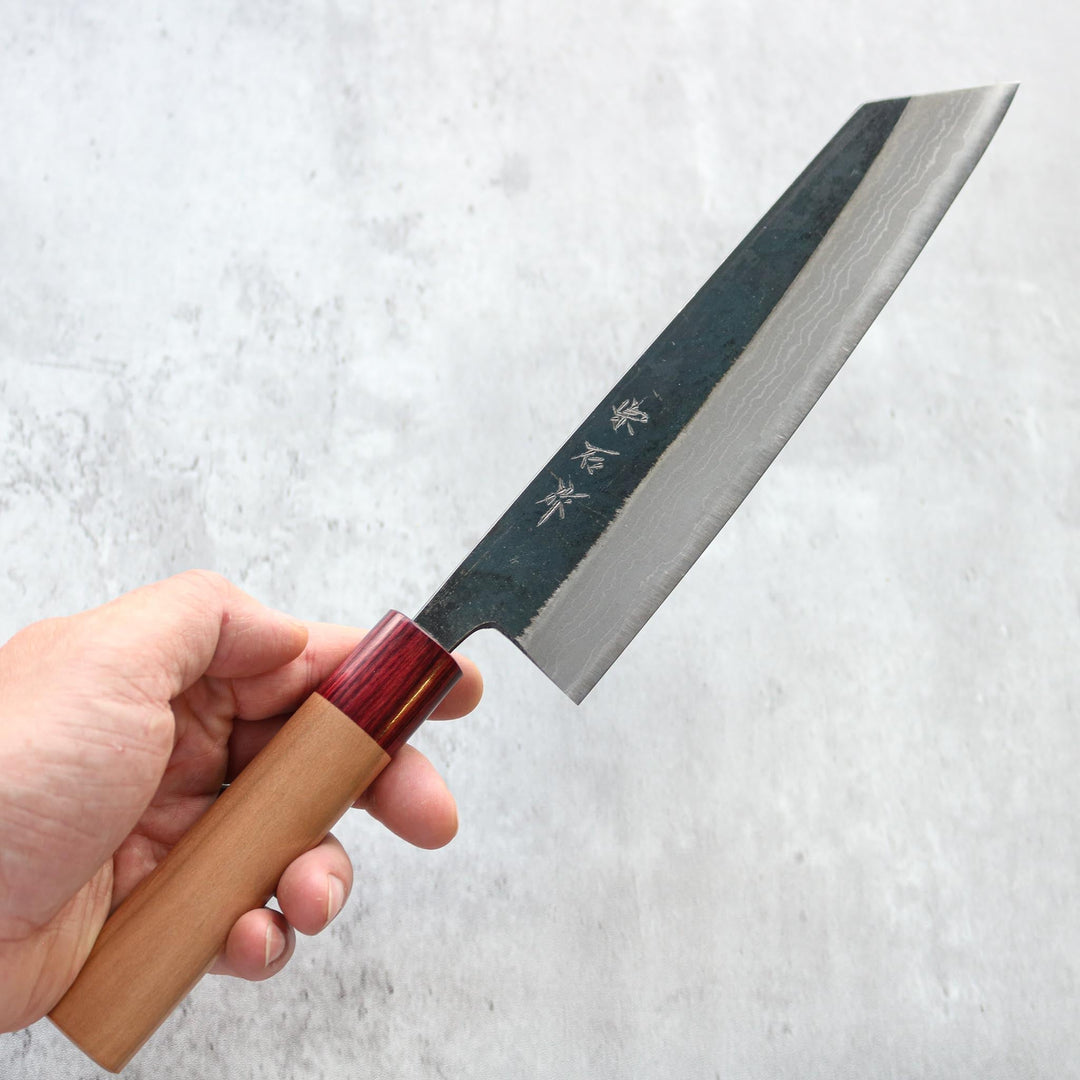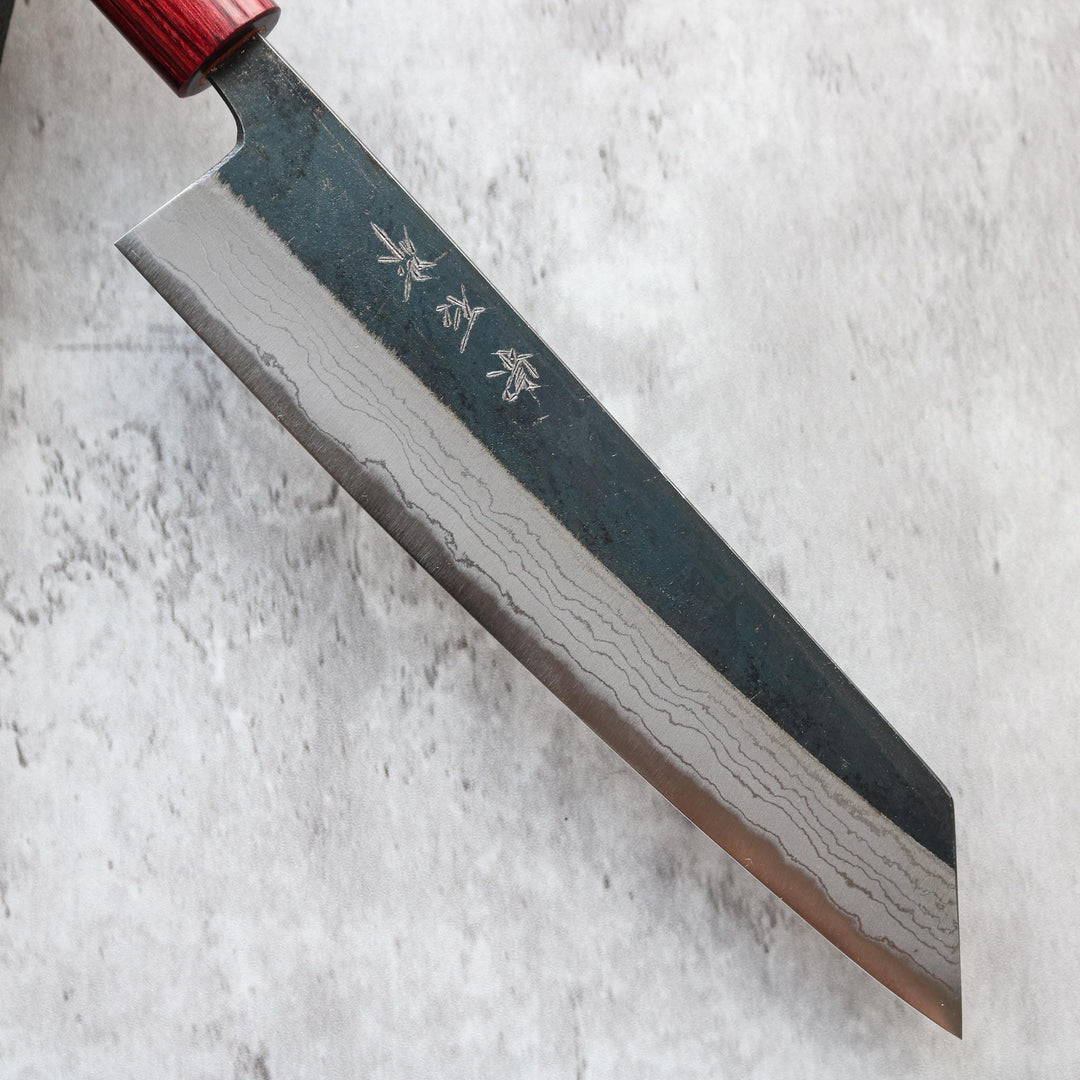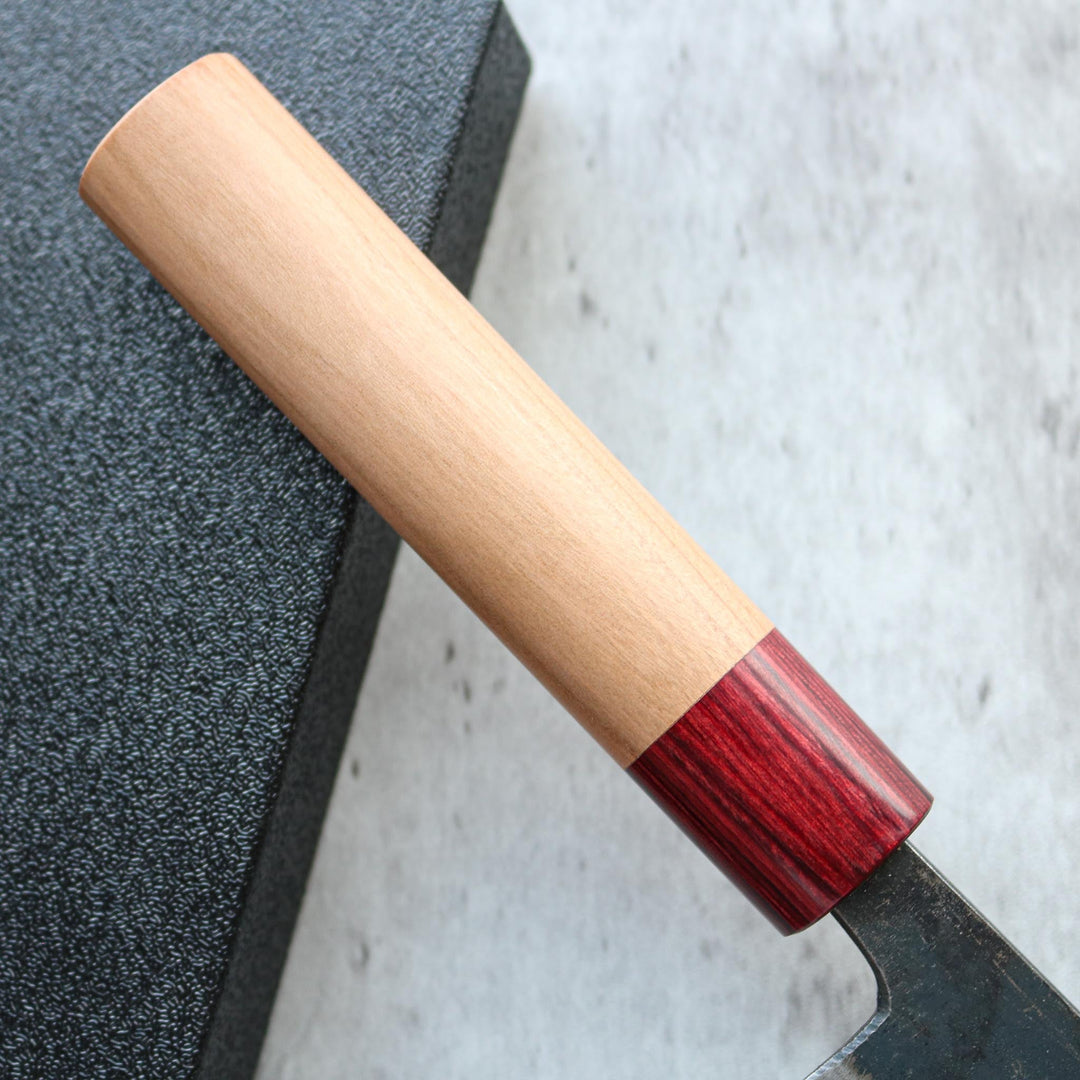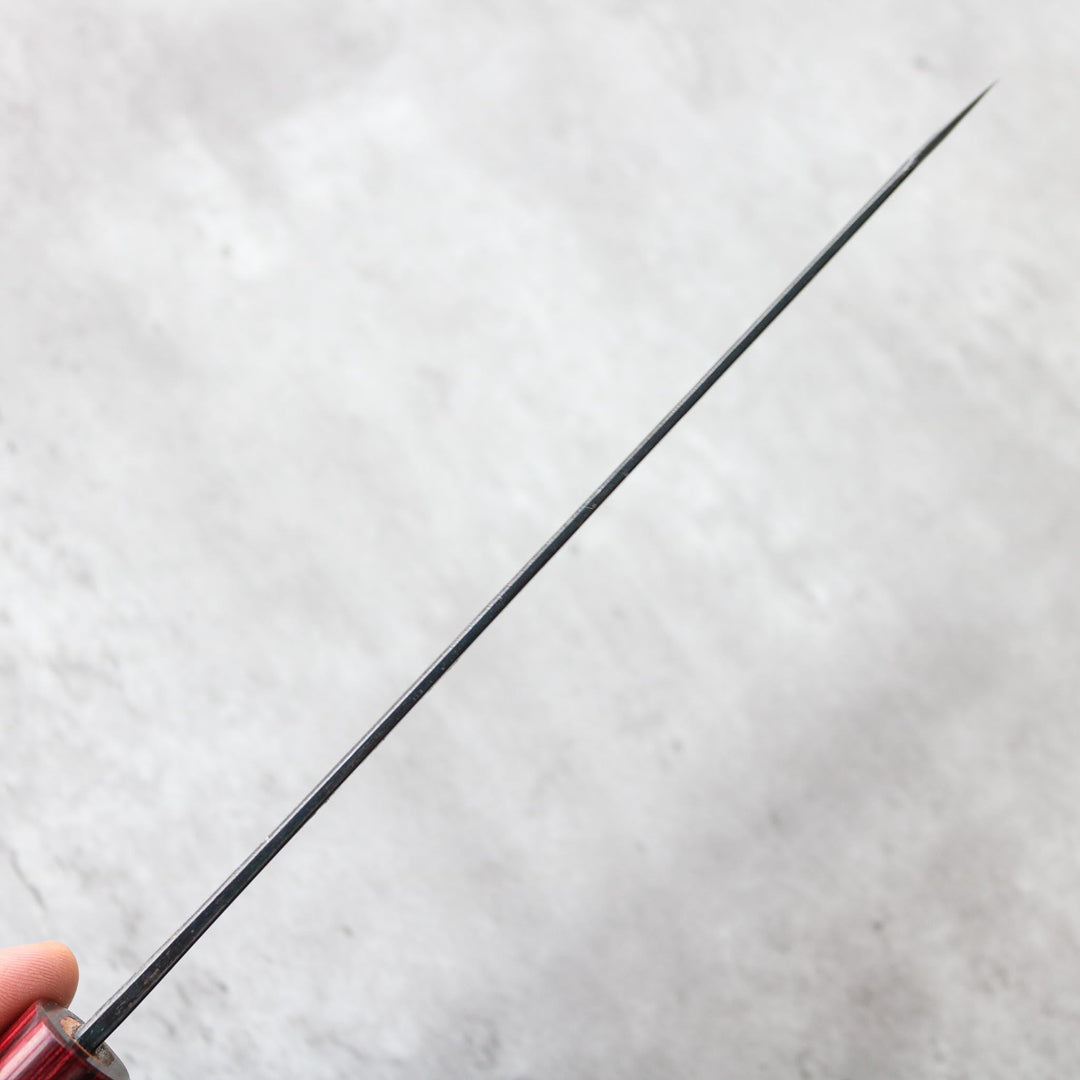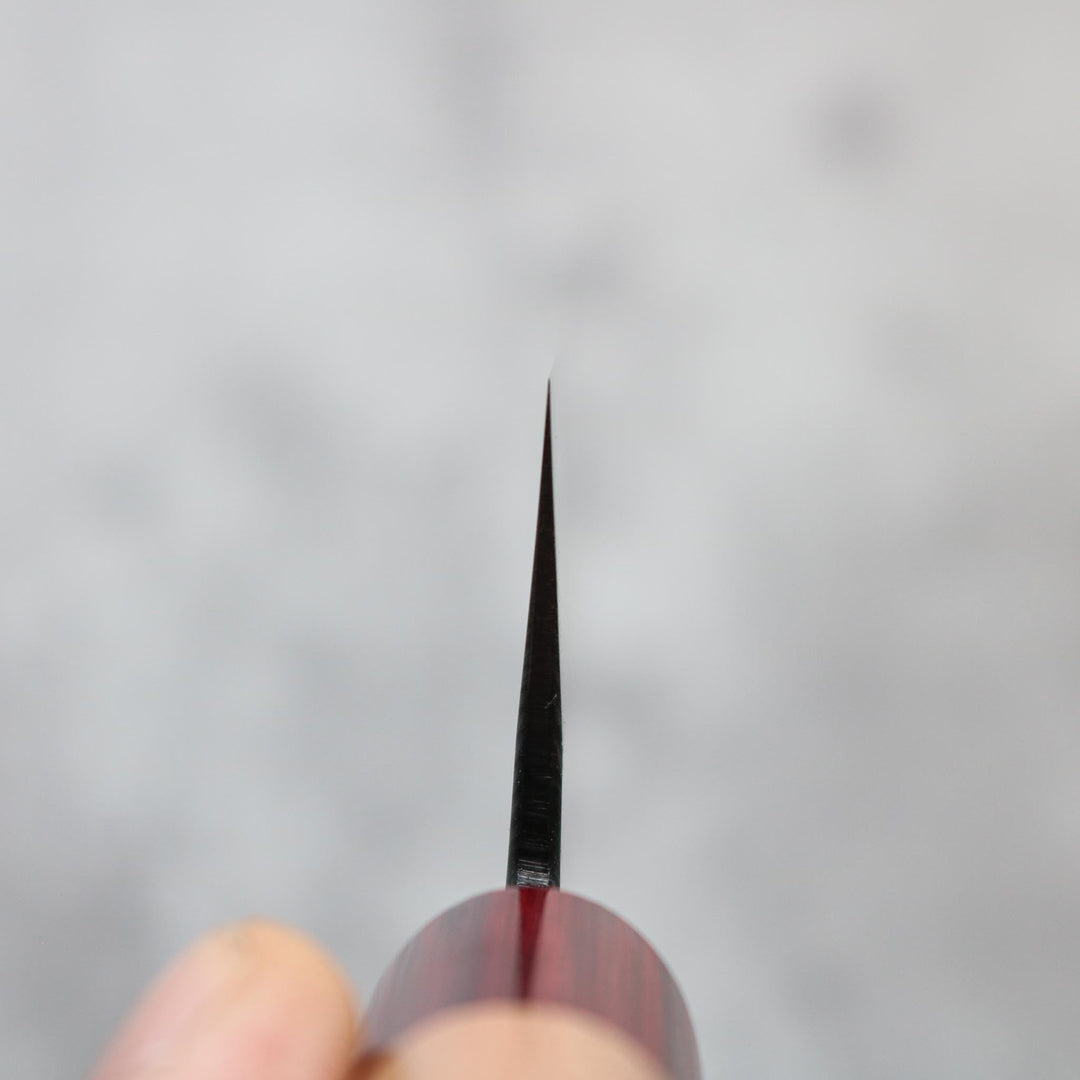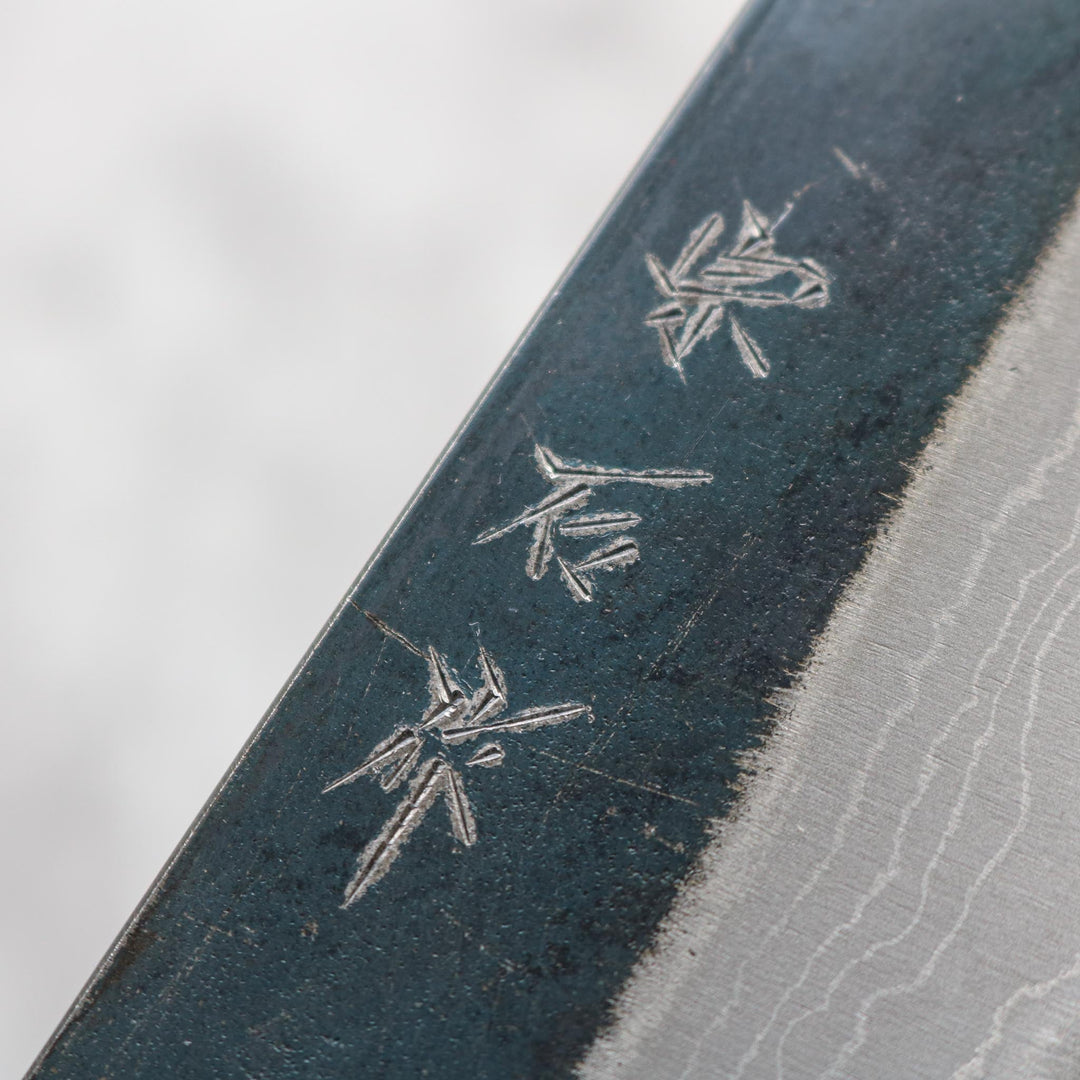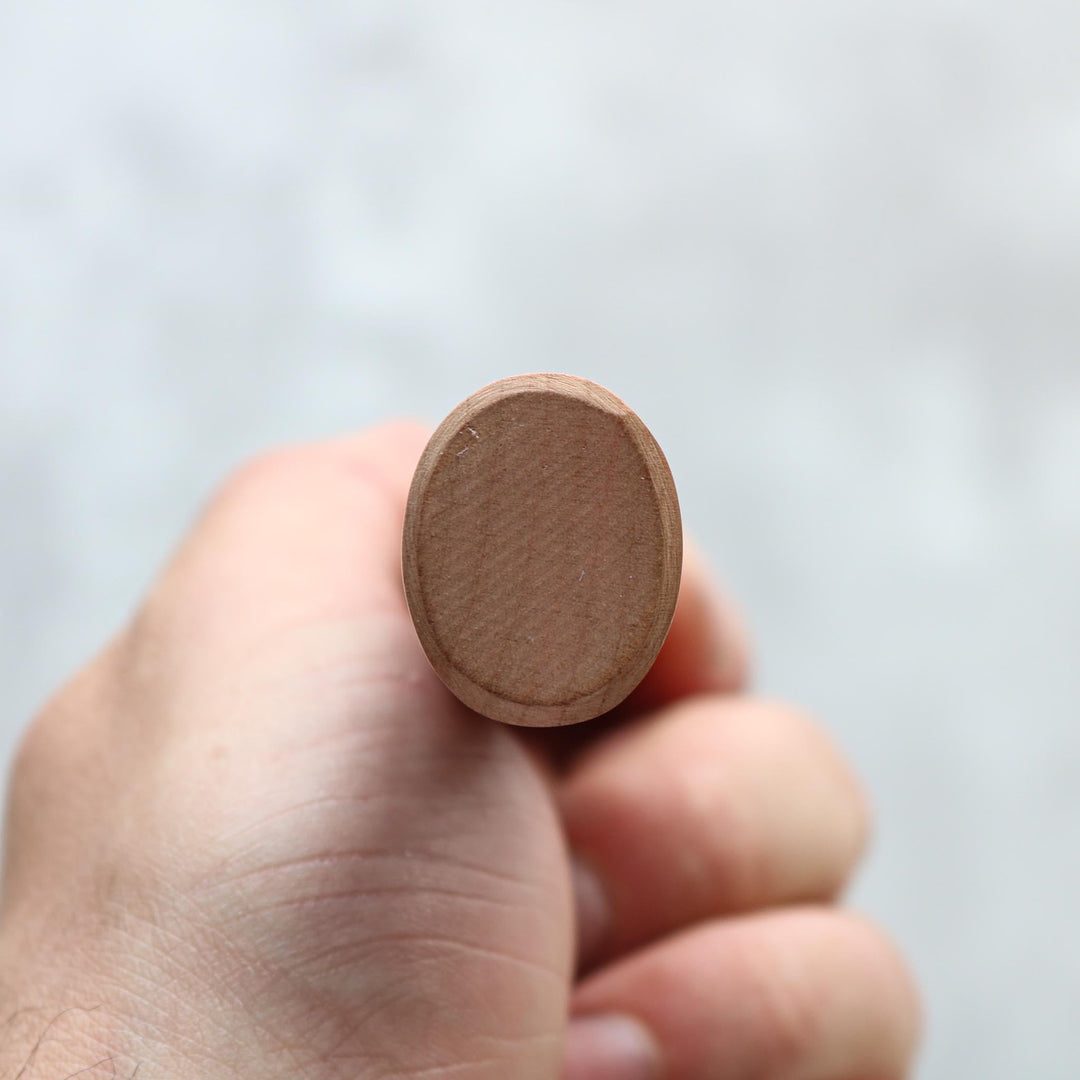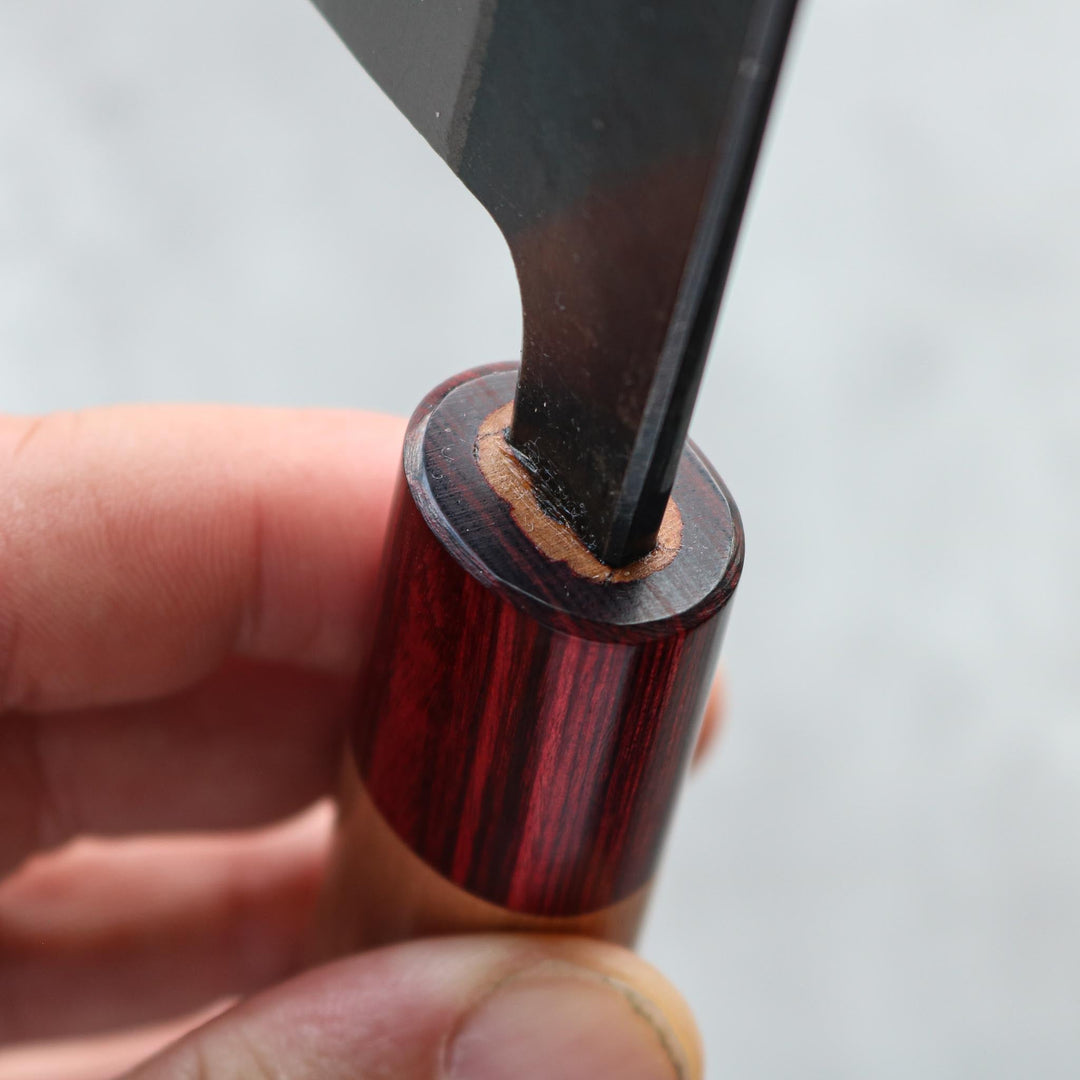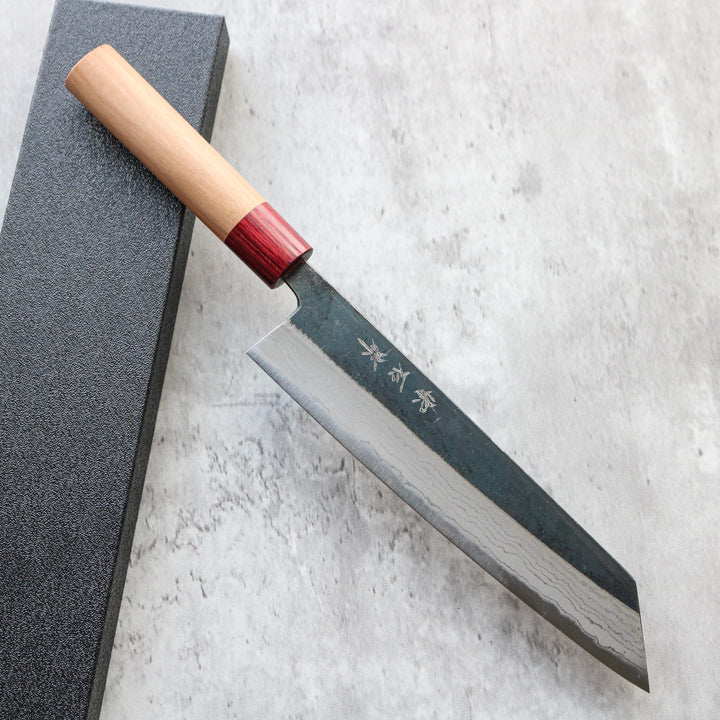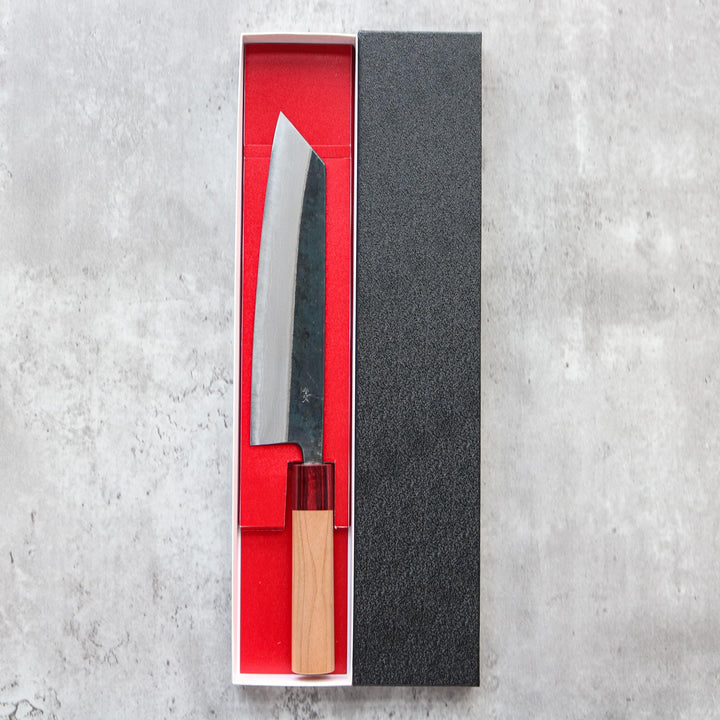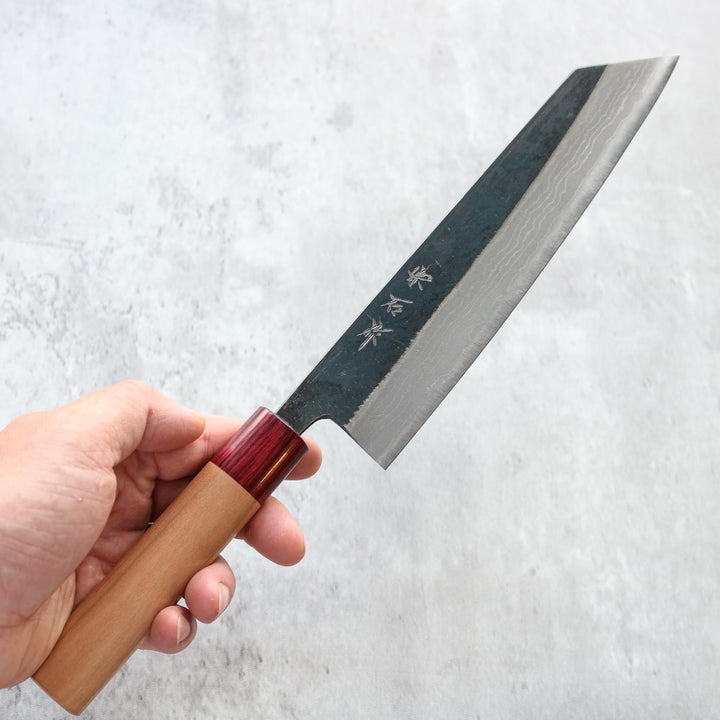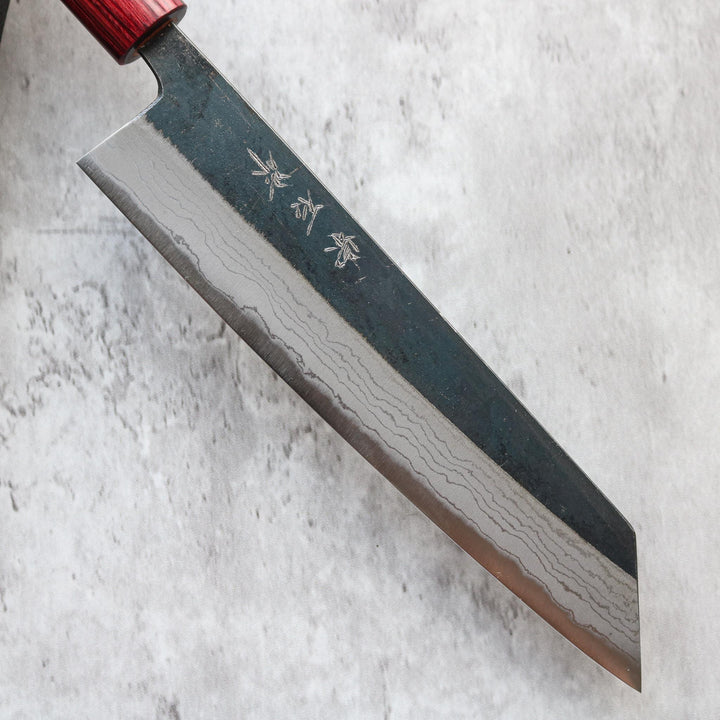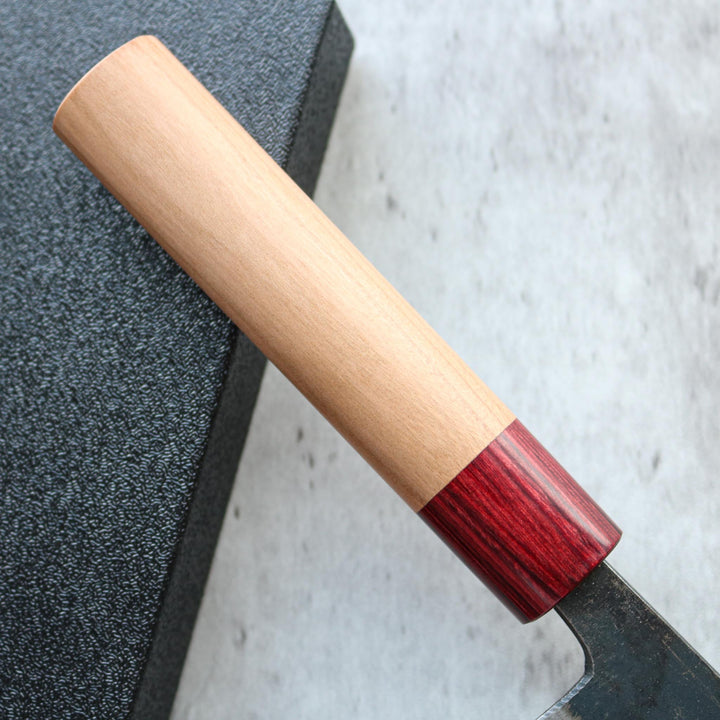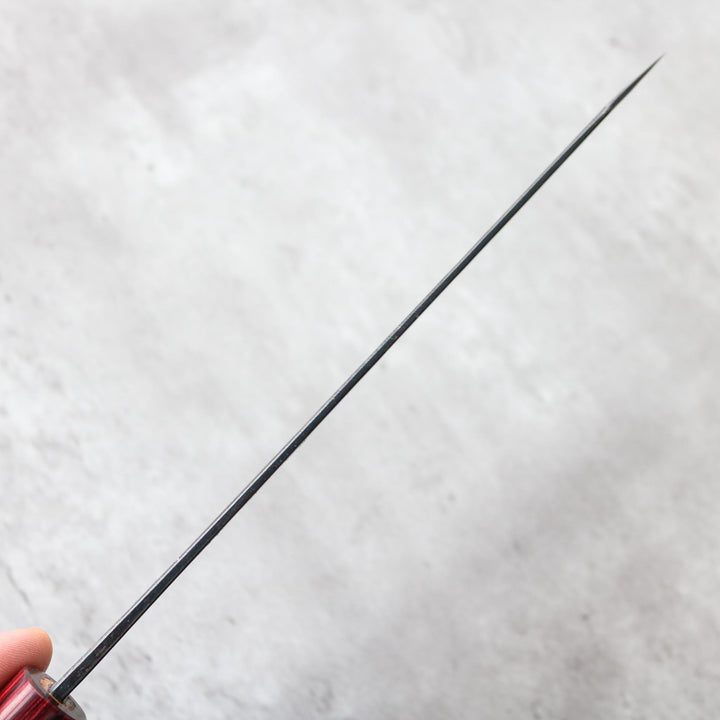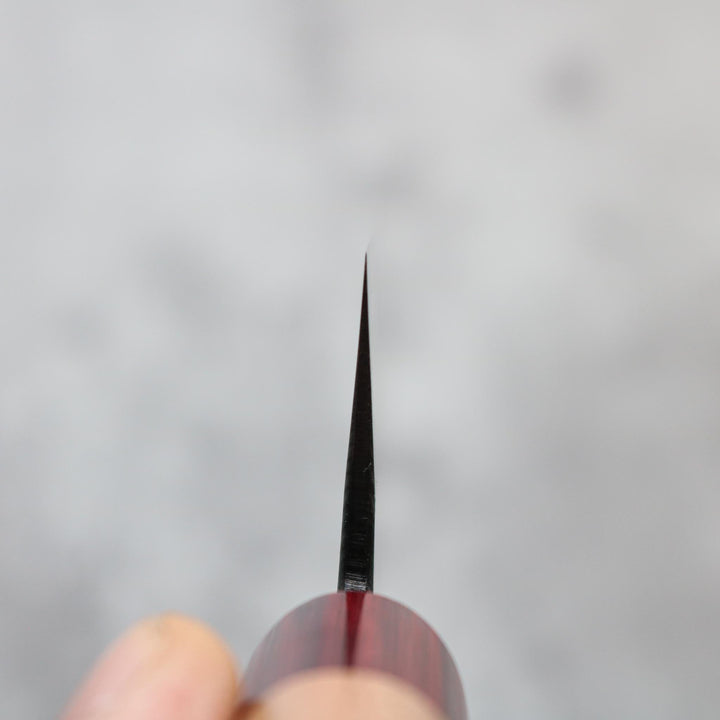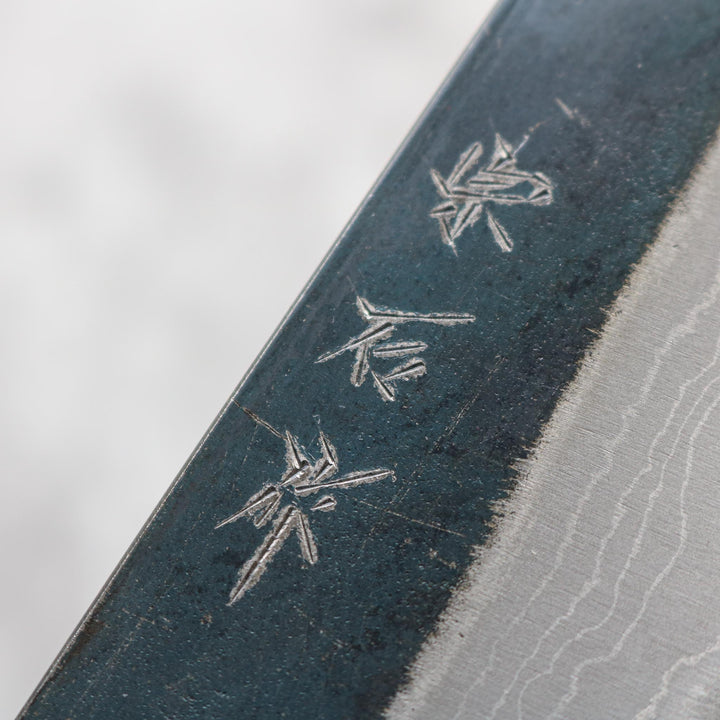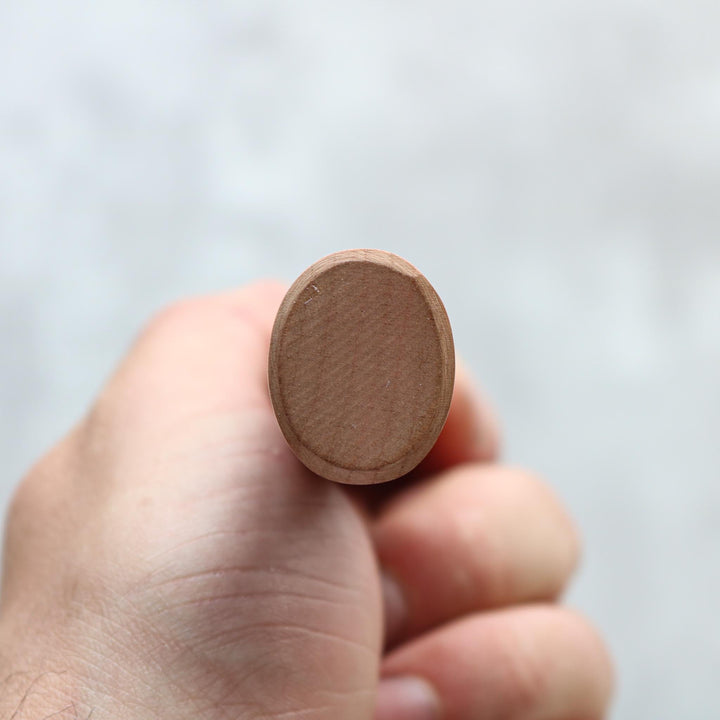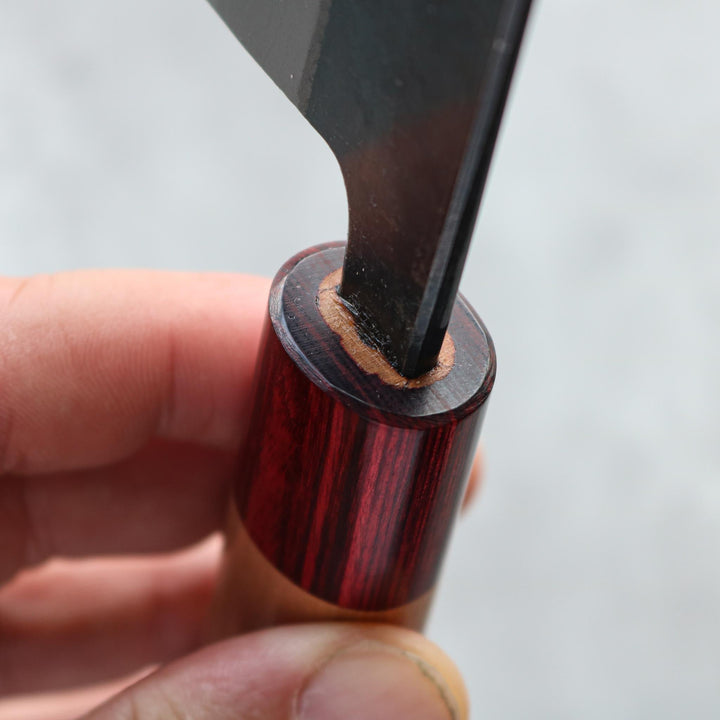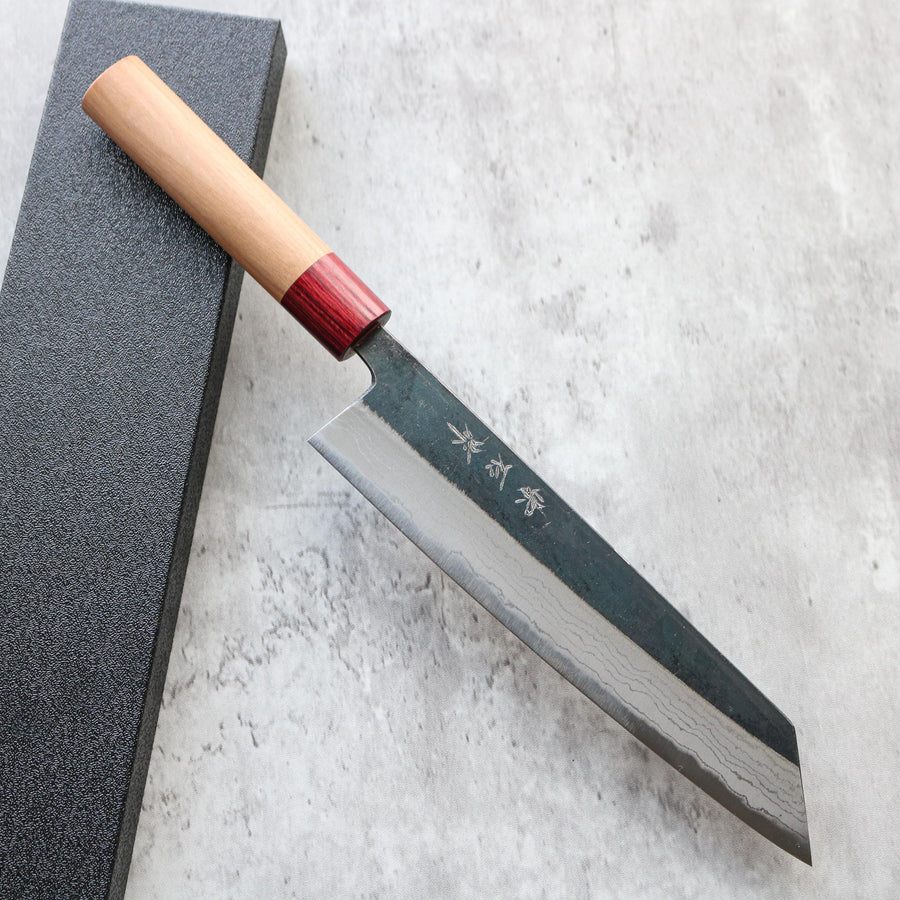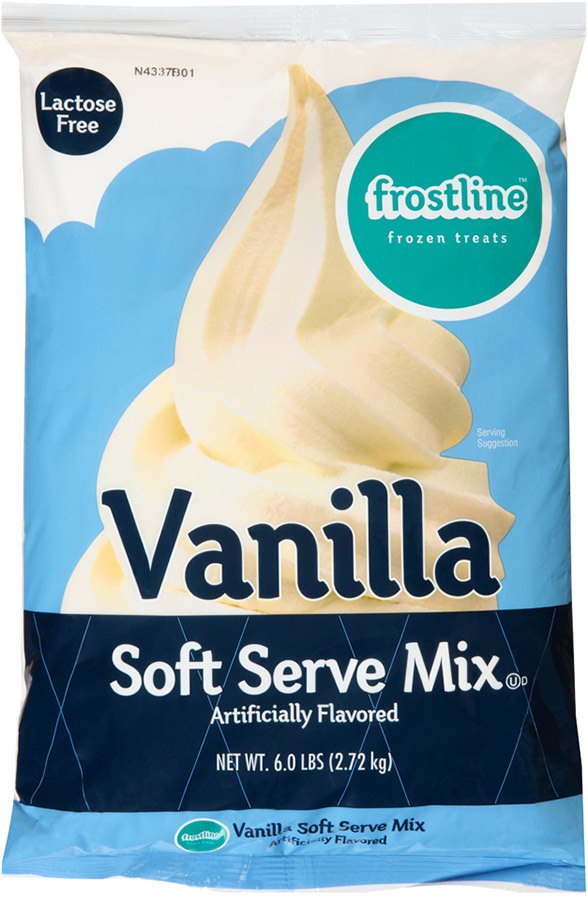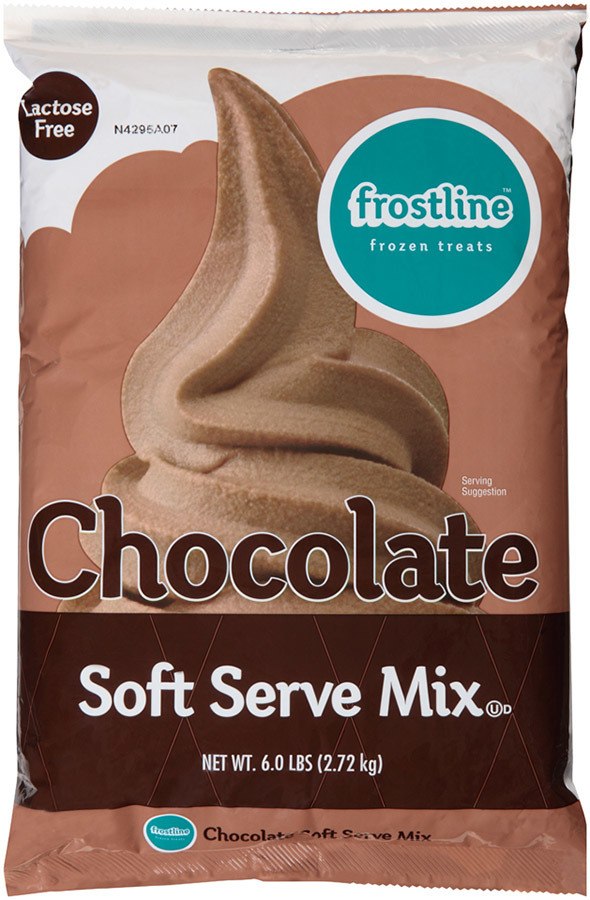| Blade Length | 210 mm |
| Total Length | 345 mm |
| Steel | Aogami (Blue #2) Iron Clad |
| Handle | Cherry |
| Ferrule | Red Pakka wood |
| Rockwell | 61-63 |
| Height Spine to heel | 46 mm |
| Width at Spine | 3 mm |
| Weight | 164 grams |
| Bevel | Double (50/50) |
The Blacksmith
Muneishi Cutlery goes back to 1955 where grandfather, and now head of the company Kousuke Muneishi started making agricultural tools but has since branched off into making kitchen knives. Based in Tosa City, Kochi Prefecture, Japan, Muneishi knives are high performing but hold back on the flash to keep them affordable workhorses for the professional or home cook alike.
The Knife
This knife is referred to as a "kiritsuke" style gyuto, where "kiritsuke" refers to the aggresively shaped tip. This is mainly an aesthetic feature but many people find this shape of tip helps with more intricate work like brunoise shallot and garlic. The kiritsuke style gyuto functions pretty much exactly like a regular style gyuto and is without question the most versatile knife shape available. It can be used in an up and down or push and pull cutting motion in addition to the rock chopping motion. It can be used to chop vegetables, butcher fish and slice cooked and raw meats.
- This Knife is made from 3 layers of material; A layer of iron on each side protecting a layer of carbon steel at the core, in a process referred to as Sanmai or forge welding. Iron and carbon steel are both susceptible to rust and must be kept dry and clean at all time’s to avoid oxidation and discolouration.
- Simply wipe the knife with a damp cloth immediately after use.
- Wash with regular dish soap and warm water using a none abrasive sponge or cloth.
- Never put your knife in the dishwasher! The extreme heat will ruin the wooden handle.
- Highly acidic ingredients (Onions, Tomatoes, Citrus) Will cause rust and oxidation to happen faster, thus the user must ensure the knife is wiped clean immediately after working with such an ingredient.
- Should any rust form it can be removed using a rust eraser or a mixture of Baking soda and water to simply scrub it clean.
- Avoid Bones, Frozen foods, nuts and hard candies or anything other than fruits, vegetables and proteins.


